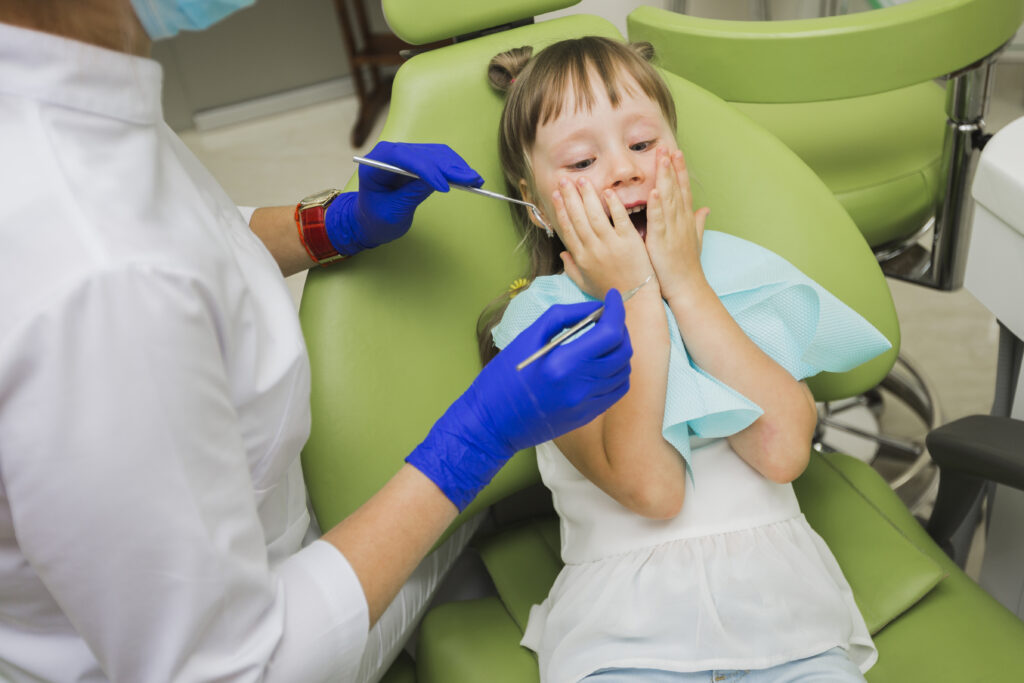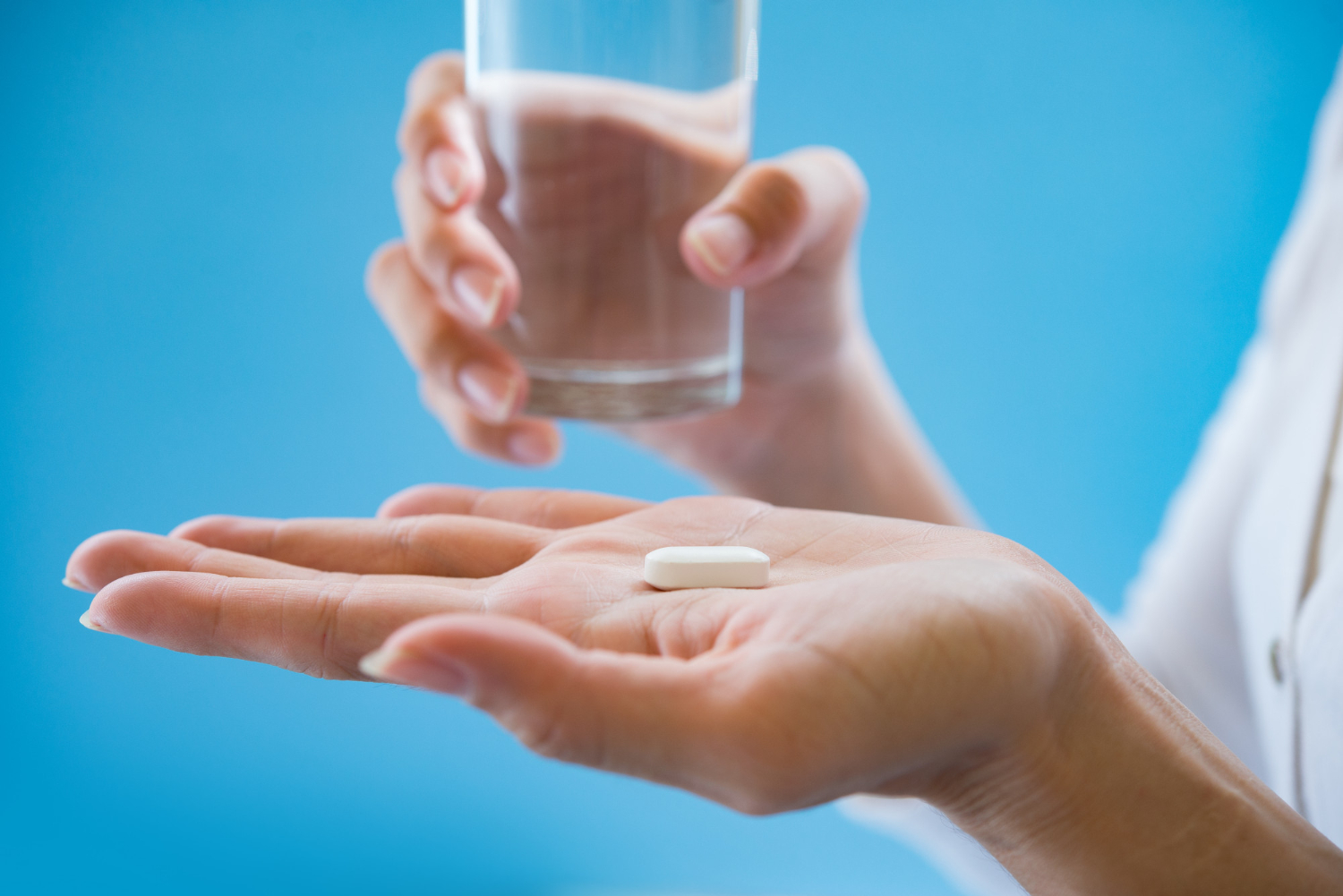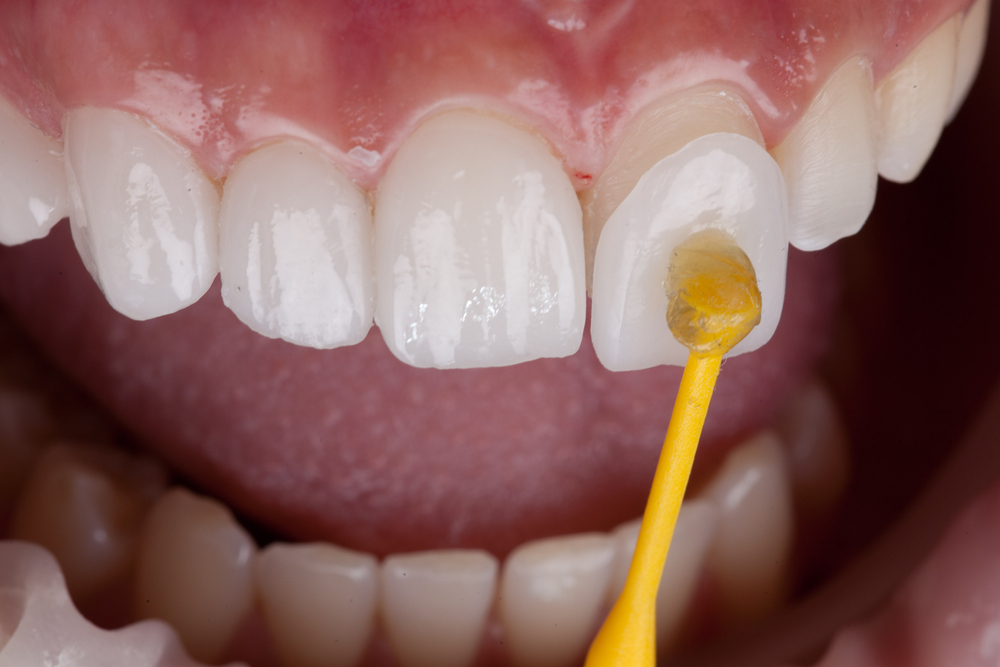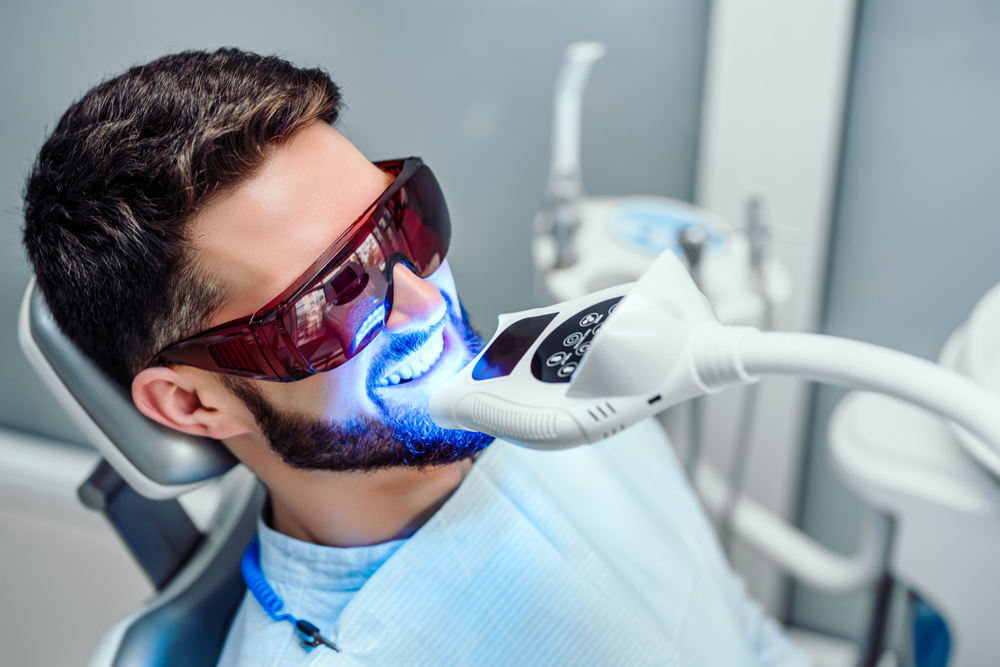For many people, the idea of a dental visit is accompanied by an unmistakable sense of dread. Just imagining the bright lights, the sound of dental instruments, or the distant memory of an uncomfortable procedure can set off a series of reactions: a rapidly beating heart, palms slick with sweat, and an intense desire to avoid the appointment at all costs.
Understanding Dental Anxiety

You might wonder, is it just you? Are you the only one who’d rather face a room full of spiders than recline in a dental chair? Rest assured, you’re not. Dental anxiety, or dentophobia, affects a significant portion of the population. It’s more than just a slight nervousness. For some, it’s a debilitating fear that can lead to postponed check-ups, deteriorating oral health, and even a broader impact on overall well-being.
The roots of this anxiety can be diverse. Some recall a painful experience in the past, while others are influenced by horror stories shared by friends or family. Then there are those who fear the loss of control or personal space invasion that a dental procedure can sometimes bring.
Oral Sedation: A Glimmer of Hope
In the face of such fears, what if there was a way to ease the anxiety, to make dental visits something you can approach with calm instead of apprehension? This is where oral sedation steps in, proving to be a game-changer in the realm of dental care.
Oral sedation isn’t just about taking a pill and magically erasing fears. It’s about shifting perceptions, altering responses, and making dental procedures more accessible and bearable. Think of it as a comforting friend who takes your hand, reassuring you that the journey ahead is manageable. It promises a dental experience where you’re in control, where you can communicate your needs, and where your comfort is a top priority.
In the upcoming sections of this article, we’ll unpack the nuances of oral sedation, highlight its numerous benefits, and compare it with other sedation techniques. If you’ve ever felt that dentistry and comfort are mutually exclusive, prepare to be enlightened!
What is Oral Sedation?

When we talk about oral sedation, we’re referring to a medical approach where patients are given oral medication to help reduce anxiety and discomfort during dental procedures. Unlike general anesthesia, where you’d be entirely unconscious, oral sedation keeps you awake and responsive, but in a relaxed state.
Its primary use? To create a tranquil and stress-free environment for both the patient and dentist. Imagine feeling calm, relaxed, and almost dreamy during a procedure that would typically make you tense up. That’s the power of oral sedation.
Now, it’s essential to differentiate oral sedation from other sedation methods. While procedures like nitrous oxide (laughing gas) are inhaled and IV sedation is administered through the veins, oral sedation is simply taken in pill form, making it non-invasive and straightforward for most patients.
Next, we’ll explore the wide array of benefits this form of sedation brings to the table. Stick around to learn how it might just revolutionize your next dental visit!
Benefits of Oral Sedation
Imagine walking into a dental clinic with a peaceful mind, no jittery nerves, and complete confidence that you’ll have a stress-free experience. Sounds like a dream, right? Well, oral sedation can help make this dream a reality for many. Here’s how:
- Combatting Dental Anxiety: The major strength of oral sedation is its ability to drastically reduce those all-too-common feelings of anxiety and fear that many associate with dental procedures. By taking a simple pill, a world of calm and relaxation opens up, transforming what might have been a nerve-wracking experience into a manageable one.
- Comfort During Lengthy Procedures: We’ve all been there—sitting in a dental chair for what feels like hours, growing increasingly uncomfortable. Oral sedation can be a game-changer for lengthier procedures, allowing patients to remain relaxed and at ease, even if the treatment takes a bit more time.
- Boosting Patient Cooperation: For those with dental phobias, even simple procedures can feel daunting. With oral sedation, patients often find themselves more cooperative and less resistant, making the dentist’s job smoother and the overall experience more pleasant for everyone involved.
The Process of Oral Sedation
Taking the mystery out of any procedure often makes it less intimidating, and oral sedation is no exception. So, what can you expect?
- Preparation: Before your dental visit, your dentist will typically prescribe an oral sedative for you to take. It’s important to follow their guidance on when to take the medication. Usually, you’ll need to arrange for someone to drive you to and from your appointment, as you might feel drowsy or slightly disoriented.
- Timeline: Oral sedatives don’t take long to show their calming effects. Depending on the specific medication and dosage, you might start feeling more relaxed and less anxious within 20 to 60 minutes of taking the pill. It’s a gentle transition from feeling normal to experiencing a soothing, peaceful state of mind.
- During the Procedure: While you’re under the influence of the sedative, you’ll still be awake and able to communicate with your dentist, but your sense of time might be a bit skewed, and you’ll likely feel a deep sense of calm.
- Post-Procedure: The sedative’s effects can last for a few hours after the procedure, so it’s essential to have someone with you to ensure you get home safely.
Now, while oral sedation sounds fantastic (and it often is for many), it’s vital to be aware of its safety measures and any potential side effects. Stay tuned as we dive into those next!
Safety Measures and Side Effects
Oral sedation, like any medical procedure, comes with its own set of guidelines to ensure patient safety. Here’s a closer look:
- General Safety of Oral Sedation: Over the years, oral sedation has proven to be a safe and effective method for many dental patients. Dentists are trained to prescribe the appropriate dosage tailored to the patient’s age, weight, and the procedure’s complexity, ensuring minimal risk.
- Monitoring During the Procedure: Even under sedation, patient vitals like heart rate, blood pressure, and oxygen levels are continuously monitored to ensure everything remains within safe parameters.
- Possible Side Effects: While oral sedation is generally well-tolerated, some might experience side effects, which are usually mild. These can include drowsiness (which is expected), dry mouth, light-headedness, or even short-term memory loss regarding the procedure.
- Managing Side Effects: If you do experience any side effects, it’s crucial to rest, stay hydrated, and avoid operating heavy machinery or driving for at least 24 hours. Always keep your dentist in the loop about any prolonged or concerning side effects.
Oral Sedation vs. Other Forms of Sedation
With multiple sedation options available, how does oral sedation stack up against the others?
- Oral Sedation:
- Pros: Non-invasive, easy to administer, no needles, and adjustable levels of sedation.
- Cons: Longer onset time compared to other methods, and requires someone to drive the patient to and from the appointment.
- Nitrous Oxide (Laughing Gas):
- Pros: Quick onset and recovery time, allows patients to drive themselves home, and sedation level can be easily adjusted throughout the procedure.
- Cons: Not suitable for everyone, especially those with respiratory issues, and might not provide deep enough sedation for more anxious patients.
- IV Sedation:
- Pros: Immediate onset, sedation level can be precisely controlled, and it’s ideal for longer procedures or patients with extreme dental anxiety.
- Cons: Invasive due to needle usage, requires more extensive training for administration, and patients need someone to accompany them home.
In summary, the right sedation method depends largely on the patient’s needs, the procedure, and personal preferences. Always consult with your dentist to determine the most suitable option for your unique situation.
When is Oral Sedation Recommended?
Every individual’s dental journey is unique, but there are certain scenarios and patient profiles where oral sedation shines brightly:
- Dental Anxiety: This is perhaps the most common reason. If the mere thought of a dental chair or the sound of dental tools sends shivers down your spine, oral sedation can be a godsend.
- Long or Complex Procedures: For treatments that require more time in the chair, such as multiple fillings, oral sedation can ensure you remain comfortable throughout the session.
- Sensitive Gag Reflex: Some patients have a heightened gag reflex which can make dental treatments challenging. Oral sedation can help suppress this reflex, making procedures smoother.
- Difficulty Getting Numb: If local anesthetics aren’t as effective for you or if you have a history of struggling to get numb, oral sedation can be a beneficial adjunct.
- Special Needs: Patients with certain physical or mental conditions might find dental visits particularly distressing. In such cases, oral sedation can provide the necessary relaxation and cooperation.
How Smile Science Dental Spa Can Help You
If you’ve been putting off a dental procedure out of fear or apprehension, there’s a solution tailored for you. For residents in Glendale, AZ, or those nearby, Smile Science Dental Spa is your destination for expert oral sedation care. Dr. Richard Dawson and Dr. John Turke pride themselves on creating a serene and comfortable dental environment for every patient. Book an appointment and take the first step towards a more relaxed dental experience today!
Further Reading
- Sedation Dentistry
- Sedation Dentistry: Can You Really Relax in the Dentist’s Chair?
- Oral Sedation: A Primer on Anxiolysis for the Adult Patient
- Conscious Sedation in Dentistry
- Effectiveness and safety of oral sedation in adult patients undergoing dental procedures: protocol for a systematic review






